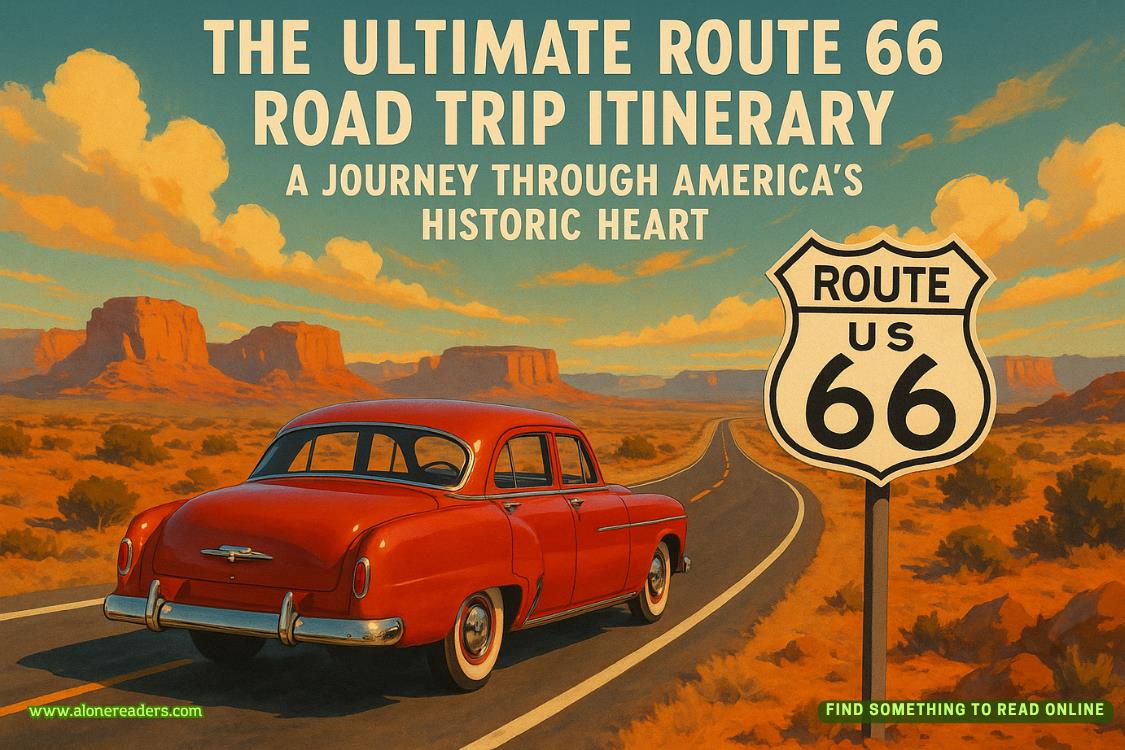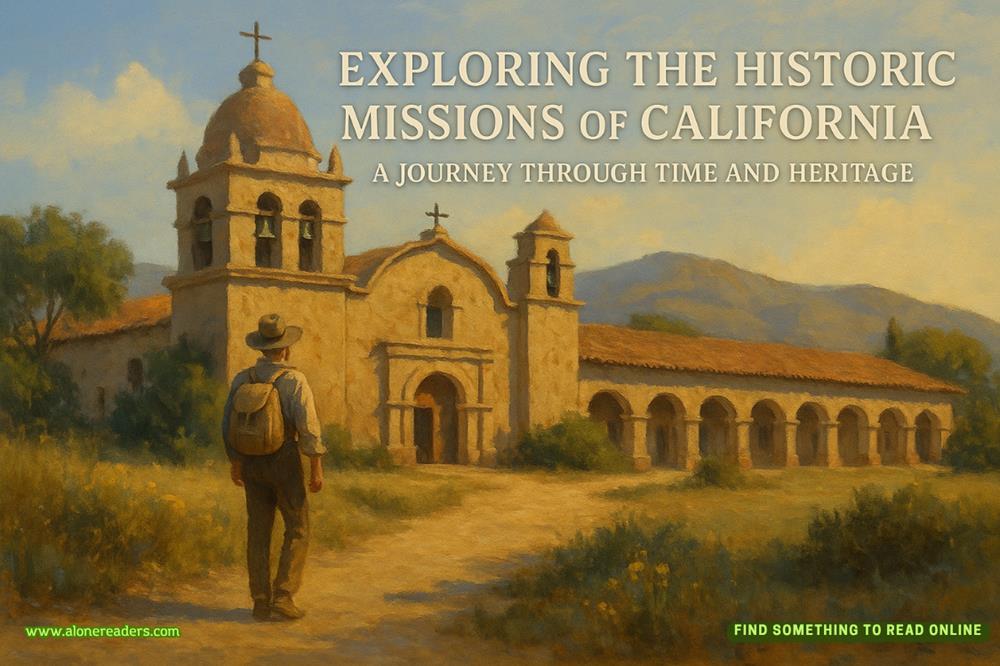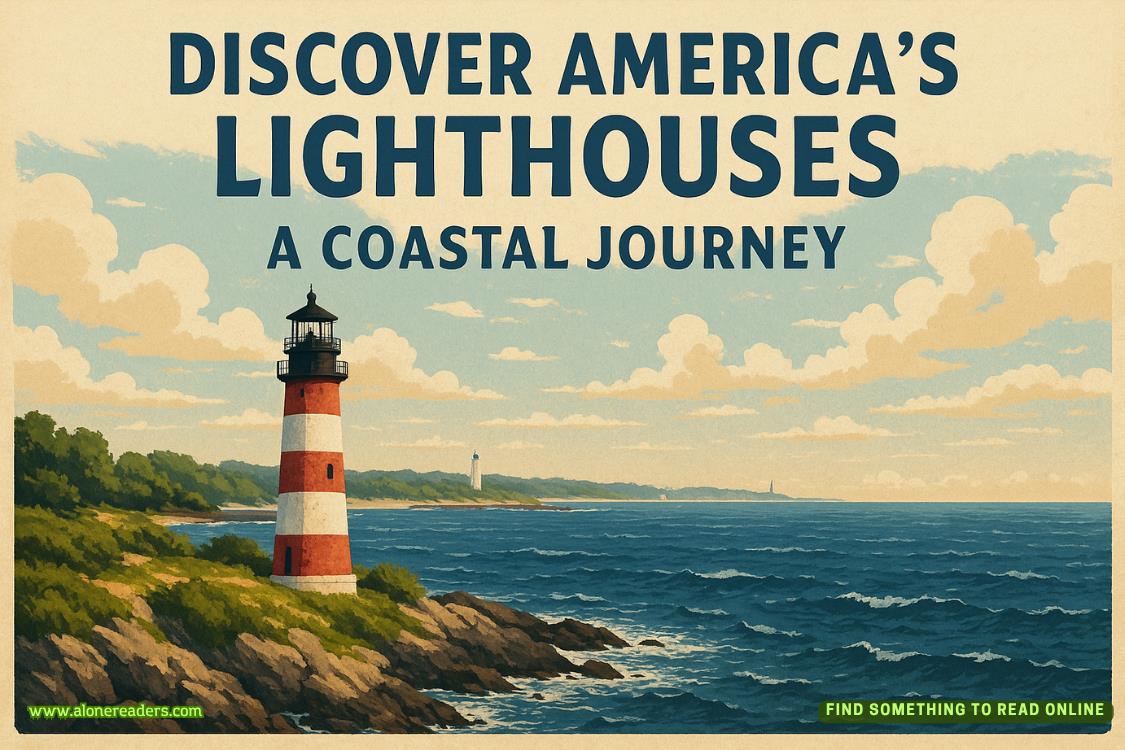Page 27 of Statistically Speaking
She looks at the picture, and I look at her. Tiny, pixielike, eyes shining. A great mum, a grieving widow. Someone strong enough not to be afraid of showing her emotions, of being vulnerable. Of sharing these moments with me, a woman she has only recently met. Trusting me to honor them.
I am suddenly overcome with uncertainty. I have no idea what I am doing here. I have no idea how I expected this to go. Did I really think it would be the kind of thing I could drop in over dinner conversation? How did I think I could ever approach this particular subject with anything less than a hammer blow? There is too much pain in this house already, too much loss.
I have no right to disrupt their lives. I have no right to blunder in and scatter their certainties, at a time when they are both suffering anyway.
I have no right to tread here, softly or otherwise.
With or without dreams.
I cannot risk hurting Erin, or Katie. I cannot risk causing them further pain. I must keep my questions to myself. I must keep my wildest assumptions private. I must control my need to reach out, and recognize it for the selfish beast that it is.
I must be a friend, a teacher, a good neighbor. For now, that is all I should be. If only I could persuade myself that that is all I want to be as well. If only I could persuade myself that that is all I am. But every minute I spend with Katie convinces me more and more: She is my daughter. I am her mother.
And yet, somehow, we are neither.
Chapter 11
Twenty-Three Million Bricks and One Almighty Punch to the Gut
The Royal Albert Dock is glittering in the early evening dusk. Lights from the busy bars and restaurants are dancing shadows across the grand colonnades and the covered walkways, and the wind is whipping up the dark water, eddies bumping the moored boats up against the dock walls, flags snapping, bells tinkling.
It’s been a moody day with dark gray skies and wind that made the sand howl along the beach this morning. It is almost October, and it is showing.
We are a small and battered group, fighting the breeze as we walk. The students are chattering and excited, still on a high from our tour of the Old Dock. Discovered and excavated during the construction of the new shopping center, it was built in 1715, a precursor to the grand venue we are now exploring.
The docks have always been a favorite place of mine. The sense of immense history, of the coming and going of humanity over hundreds of years. Of the trade, the hope, the dreams, the sometimes dark past, the constant change and evolution.Of course, I also enjoy the numbers—the statistics of space and time. Twenty-three million bricks, three football pitches, cast-iron columns that are twenty-five feet high.
To the current generation, this is a place that has always been synonymous with good times—with glamorous bars, gift shops, spruced-up visitors and tourists; with the Tate Liverpool, with the city’s own museums; with boat trips, nights out, and fun.
“It’s hard to believe,” says our guide, Natalie, as we pause in a partly sheltered corner by an artisan bakery, “that this was almost lost. There was the Blitz during the Second World War, and it was considered for demolition in the 1960s. It was almost lost simply due to planned neglect—it was closed down, allowed to fill with silt, abandoned for years. Now it’s one of the most popular attractions in the city!”
She is doing her best to recreate the scenes for them, and perhaps a cold and gloomy night is in some ways the best time to imagine this place unloved and derelict. They are good kids, and nodding in all the right places, but they are also chilly, wet, and tired. There was a train trip to the city center, the tour of the Old Dock, and now this—their attention spans are wavering, and their phones are being used less and less to take photos and maybe more and more to post tired-face emojis on their timelines.
I meet Natalie’s eyes, and we both smile. Time, we agree without even speaking, to call it a day on the educational talks.
“Anyway,” she announces, “I hope you’ll remember this the next time you’re down here having your dinner, or doing your Christmas shopping. But for now, let’s head inside and get you all set up.”
We follow her to the museum, housed in one of the grand brick former warehouses, and are shown to our room. Thereis a table with coffee and tea and biscuits, and some of the parents are already there—I guess the ones who work in town have come straight here from the office.
The kids disperse, descending locustlike on the refreshments, and I spot Erin waving at me from a seat in the front row. She is wearing a business suit and makeup and has a briefcase at her feet. She looks totally different than usual but is still grinning in her normal way. I can’t imagine her in meetings, being all serious.
I wave back, and then my eyes immediately track Katie, locating her with her friends in a corner of the room, paper cup of a hot drink in her hands. Erin, I see, does exactly the same, locating her daughter among the small crowd. I feel a flash of discomfort, of guilt, of awkwardness—I have no right to be doing the same thing as Erin, not at all. She is her mother, in every way that counts.
We have seen each other at our yoga class, and we have met for coffee, and I have never felt that it would be even marginally reasonable to discuss Katie’s birth and adoption with her. I have been alert to opportunity, looking for ways to find out more, to confirm what has moved from a vague suspicion to a near certainty.
It leaves me feeling hollow and dipped in self-loathing, as though I am befriending Erin purely for her daughter.
I know that’s not true—that I met and liked Erin before I even knew about her connection to Katie—but, well, now I do know, and I’m not sure how to proceed.
Margie has encouraged me to look at ways to find out more about where my birth daughter went, and I have made halfhearted stabs at research. There are agencies, there are registers, there are ways and means to move forward—butI have not followed any of them. I don’t know why—sheer cowardice, I am beginning to suspect. I don’t know when the perfect time will be—when Katie is eighteen, when she is twenty-one, when Erin is truly happy again. Any or none of the above.
For now, I am telling myself that I am content in this limbo, in this netherworld, this twilight zone of factual ignorance and instinctive certainty.
I am telling myself that, and I am staying busy, and I am making sure I am distracted.
Karim, my number one distraction, walks toward me, smiling. He has come straight from work and is still in his PE gear. Black tracksuit, white T-shirt beneath it, a waterproof hiking jacket over his arm. His hair is damp and shining, and his hands linger on my shoulders as he helps me out of my coat.
We have been out a couple of times, and been for a run together, and he has met Bill and chatted to Margie over her fence. He has slipped into my life, and I have allowed it.















